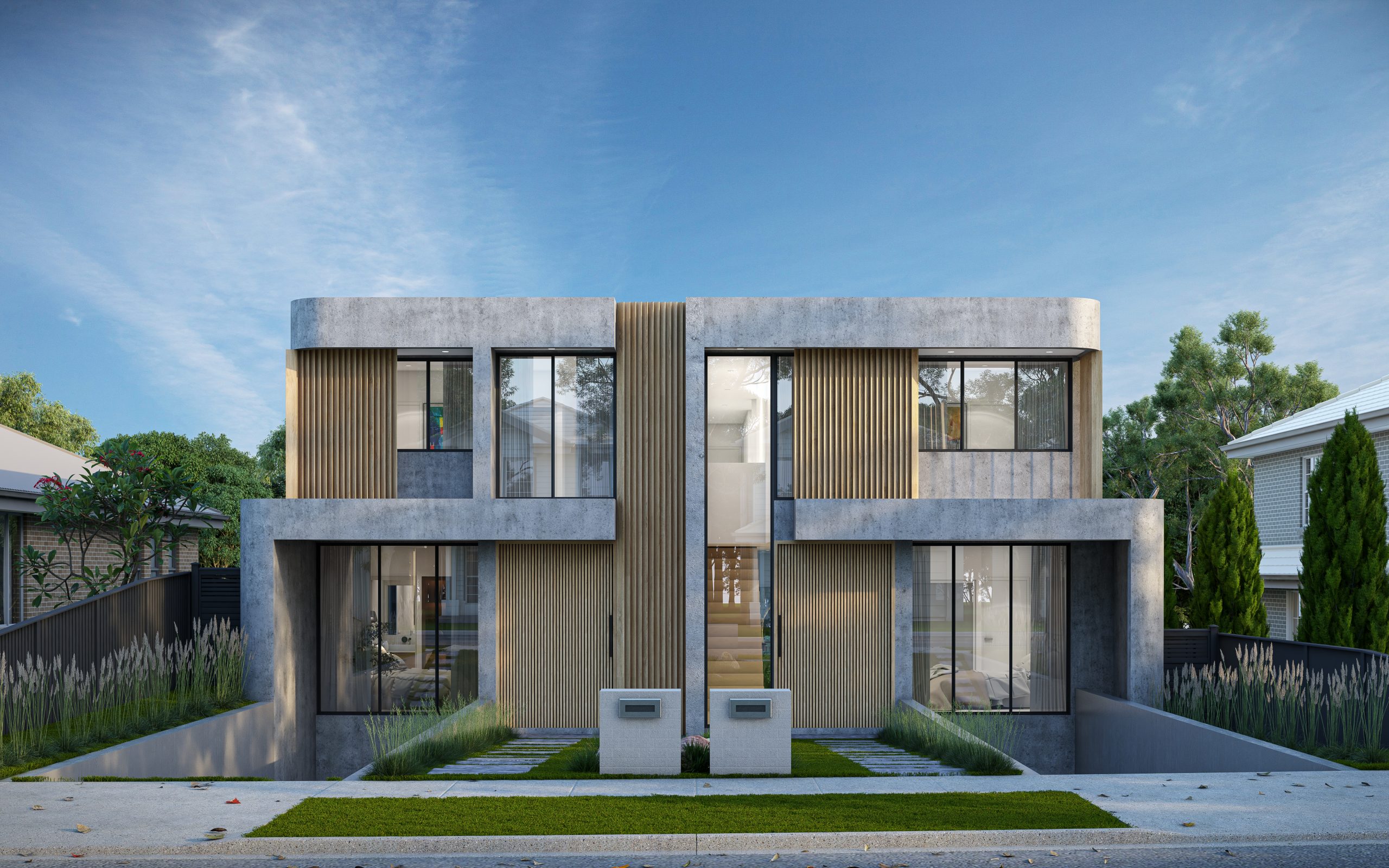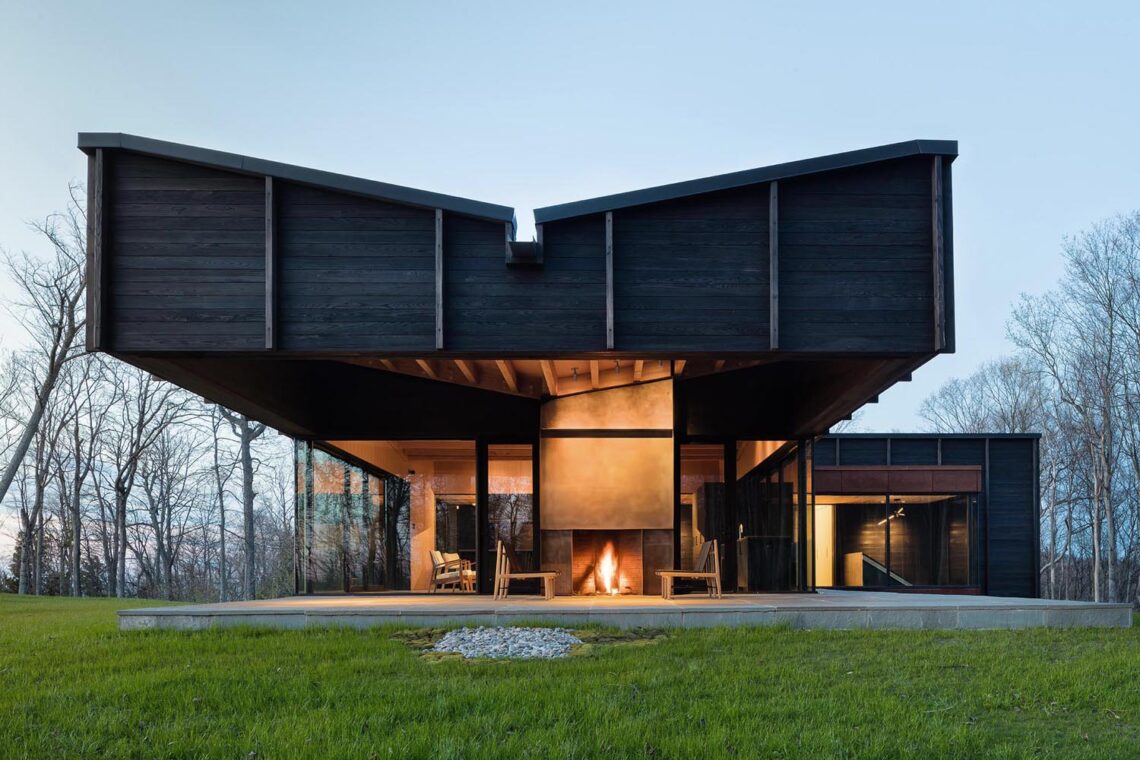Just How Residential Architects Create Custom-made Residences for each Way Of Living
The procedure by which property engineers style personalized homes is a nuanced interplay of understanding customer demands and translating those insights into practical living spaces. Through comprehensive assessments and the usage of layout devices, designers capture the significance of their customers' lifestyles, making sure that each home mirrors individual values and goals.
Recognizing Client Needs

Efficient interaction is paramount in this procedure. Architects should urge clients to verbalize their lifestyles, household characteristics, and future ambitions, making certain that the style mirrors their special identification. By employing tools such as sets of questions, meetings, and visual studies, engineers can collect useful understandings right into the client's vision.
Furthermore, recognizing the context in which a home will exist is necessary. Engineers must think about variables such as the website characteristics, regional climate, and social impacts that can impact the layout. This all natural technique permits the development of spaces that are not just aesthetically pleasing yet sustainable and also practical.
Inevitably, a deep understanding of customer needs allows designers to develop tailored homes that enhance the lifestyle for their residents, promoting a sense of belonging and comfort within their living atmospheres.
Design Process and Cooperation
The layout process in domestic architecture is a dynamic interaction of creative thinking and cooperation, where designers, clients, and various stakeholders work very closely to bring a vision to life. This iterative journey usually begins with a collection of meetings to establish a thorough understanding of the customer's aspirations, choices, and way of life needs. During these conversations, designers gather vital information, enabling them to conceive designs that align with the client's vision.
Following the preliminary assessments, the design stage develops via sketches, 3D designs, and building renderings. This aesthetic communication works as a tool for designers to existing ideas, while likewise welcoming customer comments, making sure that the final design resonates with their expectations. Reliable cooperation with engineers, service providers, and indoor designers is crucial during this phase, as it guarantees that all practical elements of the job are seamlessly integrated.

Incorporating Way Of Living Elements
Including way of life components into property design is necessary for producing spaces that genuinely reverberate with the residents. residential architecture homes. This procedure starts with understanding the distinct needs, preferences, and daily regimens of the house owners. Architects take part in comprehensive discussions to discover exactly how the specific or family members uses their room, whether for entertaining visitors, pursuing leisure activities, or looking for silent retreat
As soon as these insights are collected, description architects can tailor design functions that boost everyday experiences. Open floor plans may be designed for families that focus on togetherness, while devoted workspaces can be incorporated for those that function from home. Exterior areas, such as gardens or patios, can be stressed for families that enjoy outdoor activities or enjoyable.
Furthermore, adaptability is a crucial consideration; multi-functional spaces permit adaptability as way of livings advance over time. Personalized storage space solutions can likewise be incorporated to satisfy particular company needs, making certain that the home continues to be useful and clutter-free. Ultimately, by thoughtfully weaving way of life elements into the building material, domestic engineers develop tailored homes that not only meet aesthetic needs however additionally considerably enhance the lifestyle for their clients.
Lasting and Smart Layout
Sustainable and clever design progressively plays a crucial duty in domestic architecture, as homeowners seek to minimize their ecological influence while improving their living experiences. Designers are now incorporating green materials, energy-efficient systems, and ingenious innovations to produce homes that not only fulfill aesthetic needs however likewise offer the earth.
Including renewable resource resources, such as photovoltaic panels and wind generators, permits homeowners to harness natural deposits, significantly lowering reliance on standard power grids. Smart home innovations even more boost sustainability by optimizing energy use through automated systems that regulate lighting, home heating, and cooling based on tenancy and choices.
Moreover, the usage of sustainable structure materials-- like redeemed wood, bamboo, and recycled steel-- promotes a round economy, reducing waste and source usage. Engineers also stress easy layout principles, ensuring homes are oriented for maximum all-natural light and air flow, thereby minimizing the requirement for artificial cooling and heating.
Along with environmental benefits, lasting and smart style adds to the overall convenience and health and wellness of homeowners. By prioritizing interior air quality and natural environments, architects develop rooms that promote health, allowing house owners to thrive attuned to their setting.
Finalizing and Carrying Out Plans
Finalizing and implementing plans is a crucial phase in the domestic style procedure, where the vision of a tailored home starts to appear. This stage involves meticulous attention to detail, guaranteeing official statement that every element of the layout is precisely verbalized and ready for building and construction. residential architecture homes. Designers work together carefully with customers to assess last plans, resolving any final adjustments or issues, while ensuring that all aspects line up with the home owner's lifestyle demands
Once plans are finalized, architects prepare thorough building documents, consisting of detailed drawings and specifications that serve as a blueprint for builders. These records detail materials, finishes, and installment techniques, offering clearness for service providers and subcontractors. Additionally, protecting essential licenses and adhering to neighborhood structure codes is crucial, as it makes sure compliance and smooth task implementation.
Reliable communication is essential throughout this stage. Routine updates and conversations with home builders assist to reduce potential concerns before they arise. By cultivating a collective environment, architects can assure that the application aligns with the initial vision. Ultimately, this crucial stage transforms principles right into reality, laying the structure for a home that reflects the special lifestyle and choices of its occupants.
Verdict
In verdict, domestic engineers play a crucial duty in crafting look at this site tailored homes that cater to varied way of livings. Via precise understanding of client demands, collaborative layout procedures, and the integration of lifestyle aspects, designers guarantee that each home reflects specific preferences.
The procedure by which property designers layout personalized homes is a nuanced interplay of recognizing client demands and equating those insights right into practical living spaces. Through detailed examinations and the use of style tools, architects record the essence of their clients' way of lives, guaranteeing that each home reflects individual worths and goals. Architects ought to motivate clients to verbalize their lifestyles, household characteristics, and future ambitions, ensuring that the design reflects their special identity.The layout procedure in domestic style is a vibrant interaction of creativity and cooperation, where architects, clients, and numerous stakeholders function carefully to bring a vision to life - residential architecture homes. Via careful understanding of customer demands, collective style procedures, and the integration of lifestyle elements, designers make sure that each home reflects specific preferences